
Mountaineering | 8000m Peaks | Manaslu
Mount Manaslu Expedition - 41 Days
Mount Manaslu, is the world's eighth-highest mountain, reaching a lofty 8,163m/26,781ft. We climb Manaslu via the North-East Face along moderately angled snow slopes before a steep snow arête takes us to the summit for magnificent views across the Himalaya.
The first successful Manaslu expedition was in 1956 and the ascent was made by T. Imanishi (Japan) and Gyalzen Norbu (Sherpa). As of today, there are at least six routes to Manaslu’s summit.
-
Max Altitude :
8,163m /26,781ft -
Duration : 41 Days
-
Trekking Kilometre : 177 km
-
Experience : Experience of any high-altitude trek, at least 1 trek of 5,000m/16,400ft.
-
Country : Nepal
-
Region : Manaslu Region
-
Accommodation Type : Hotel / Lodge / Camping
Mt Manaslu | GlobalXplorers
Also known as KutangIts name, which means “Mountain of the Spirit”, comes from the Sanskrit word Manasa, meaning “intellect” or “soul”.
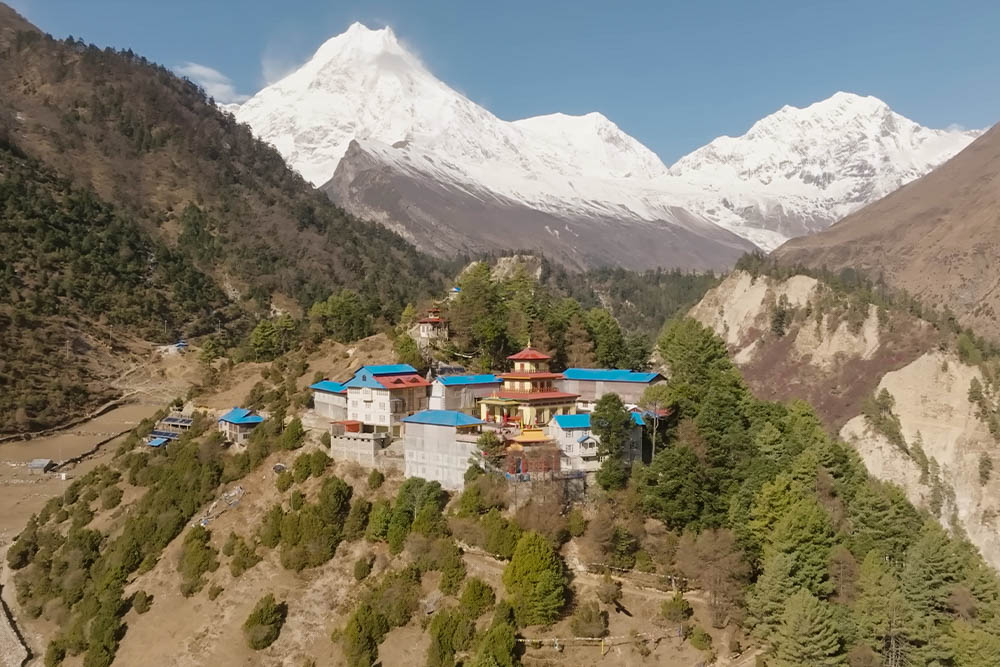

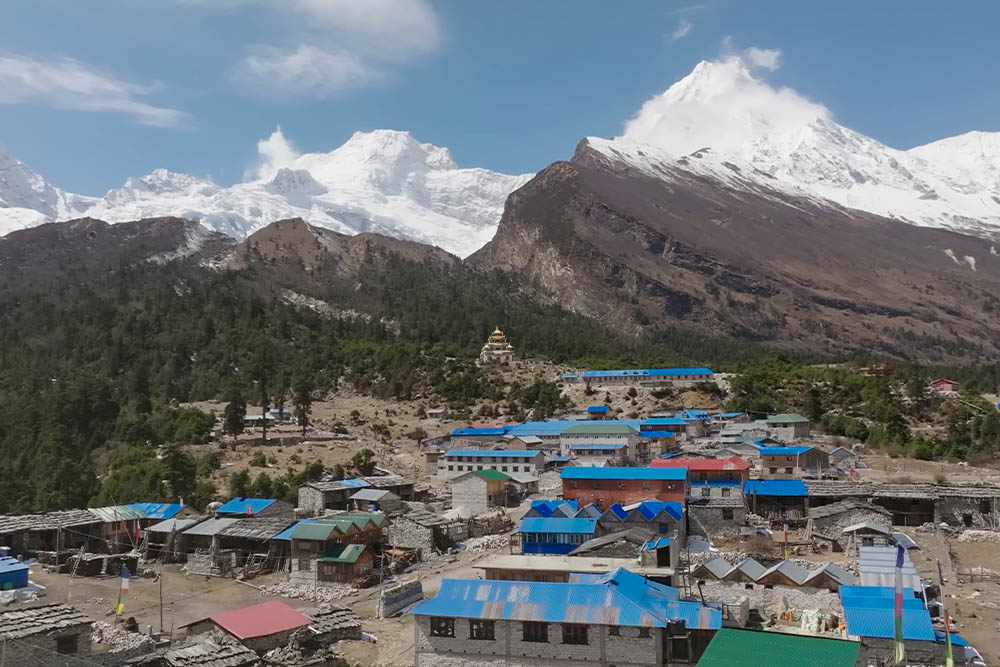
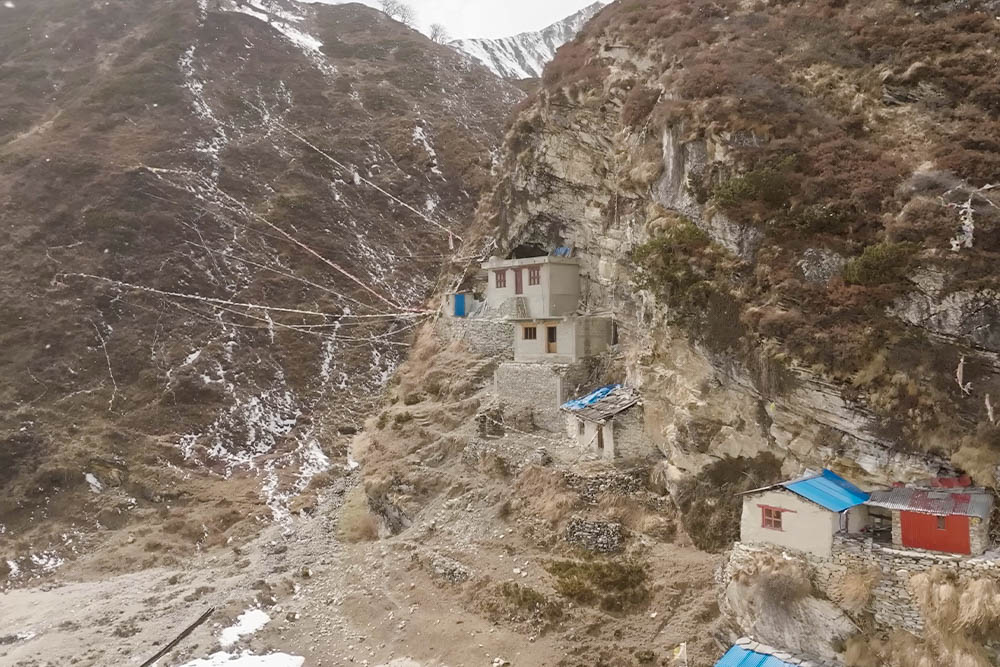
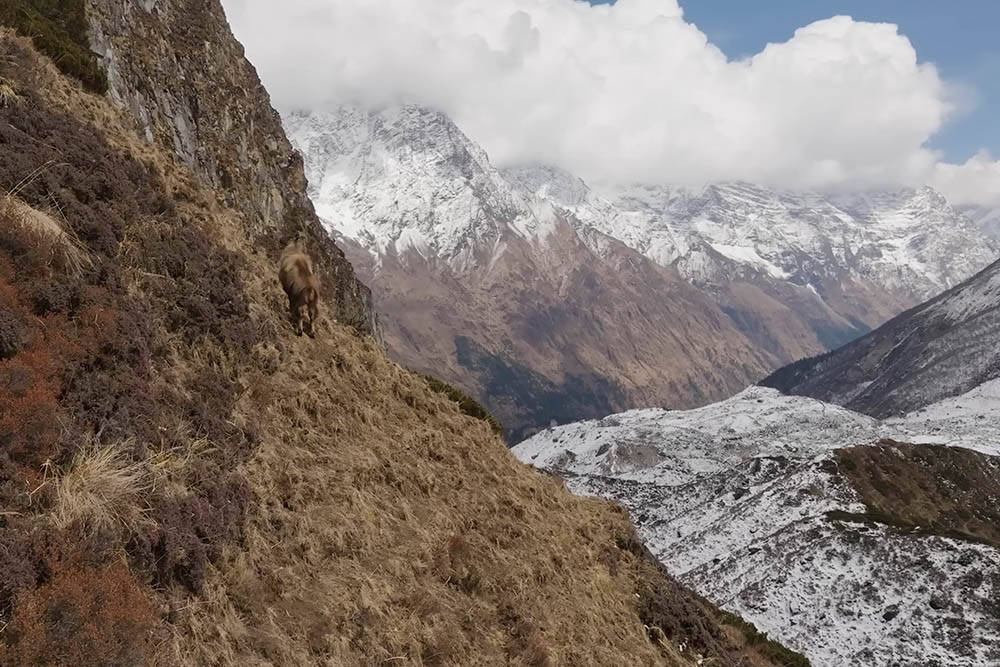
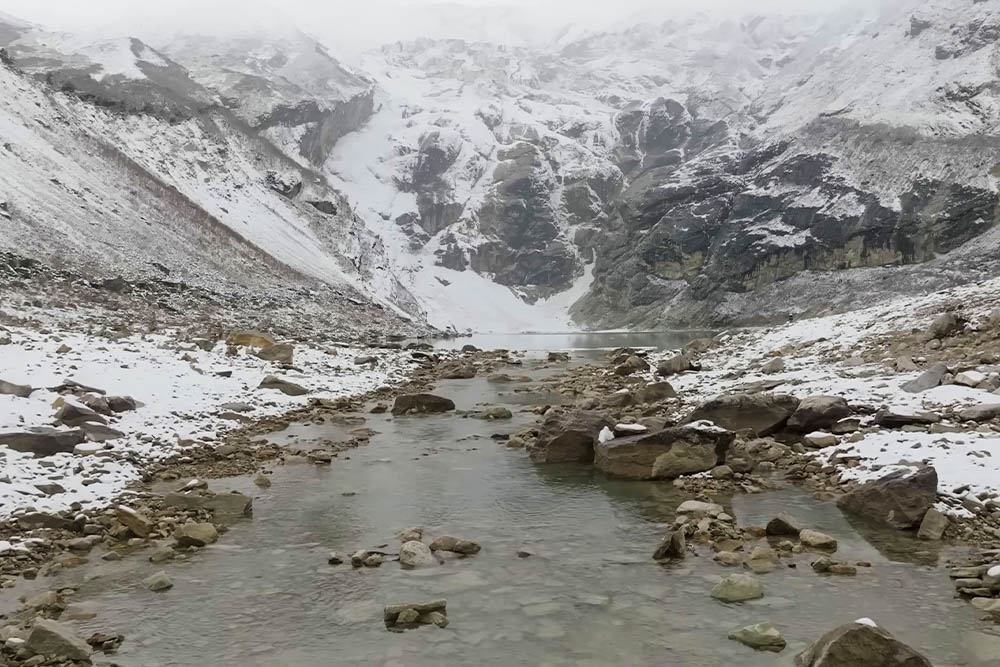


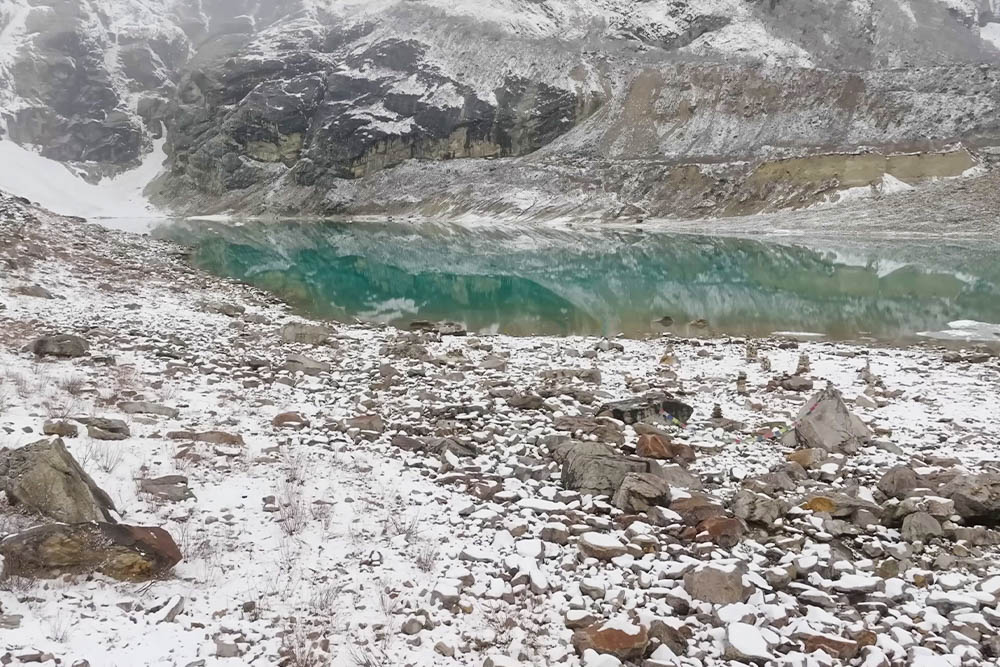
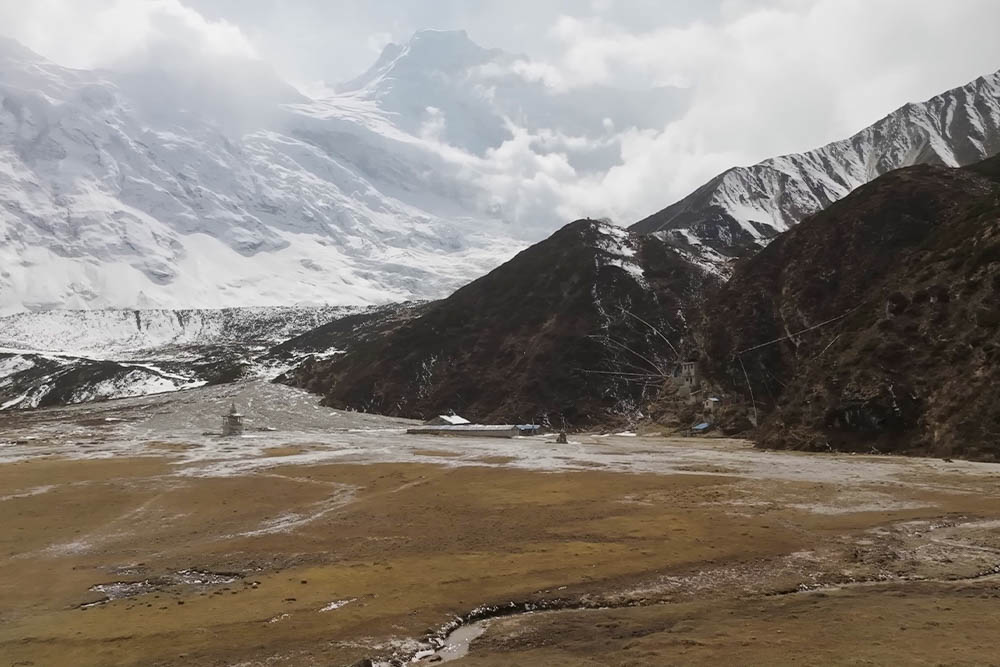
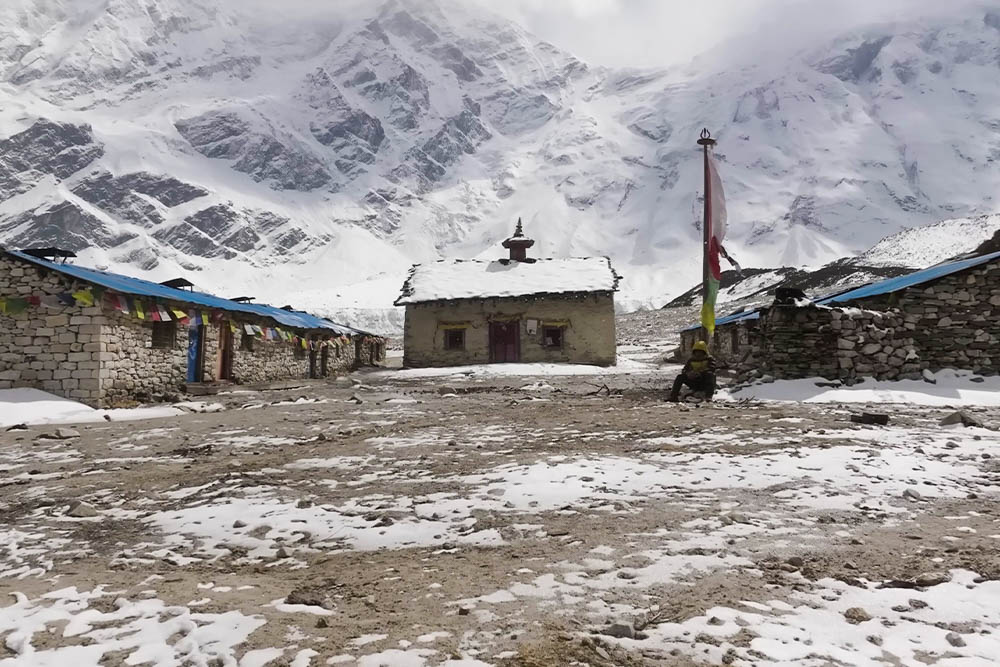
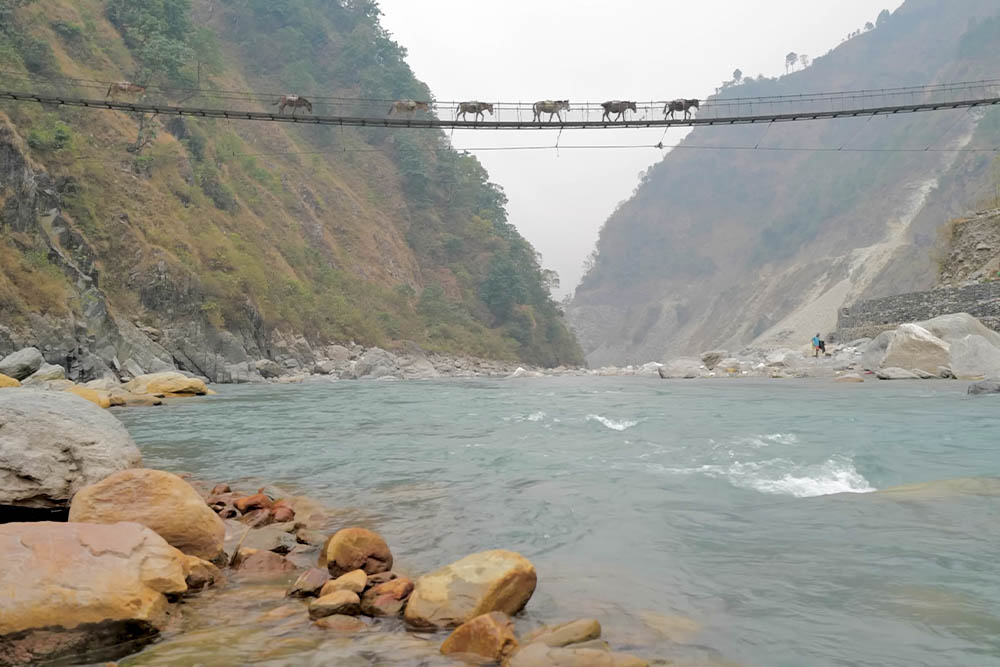
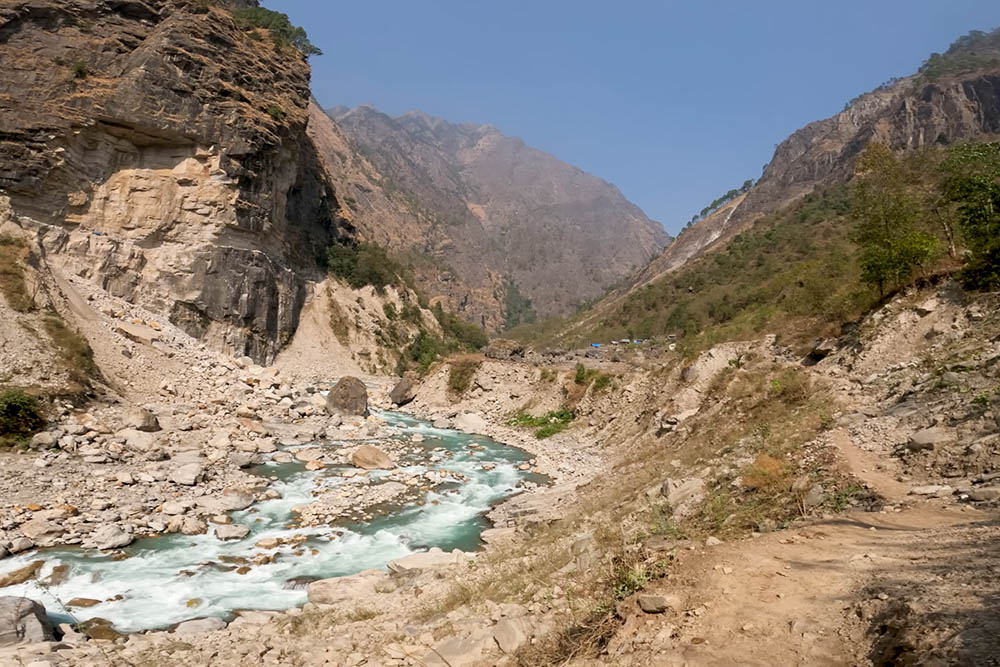
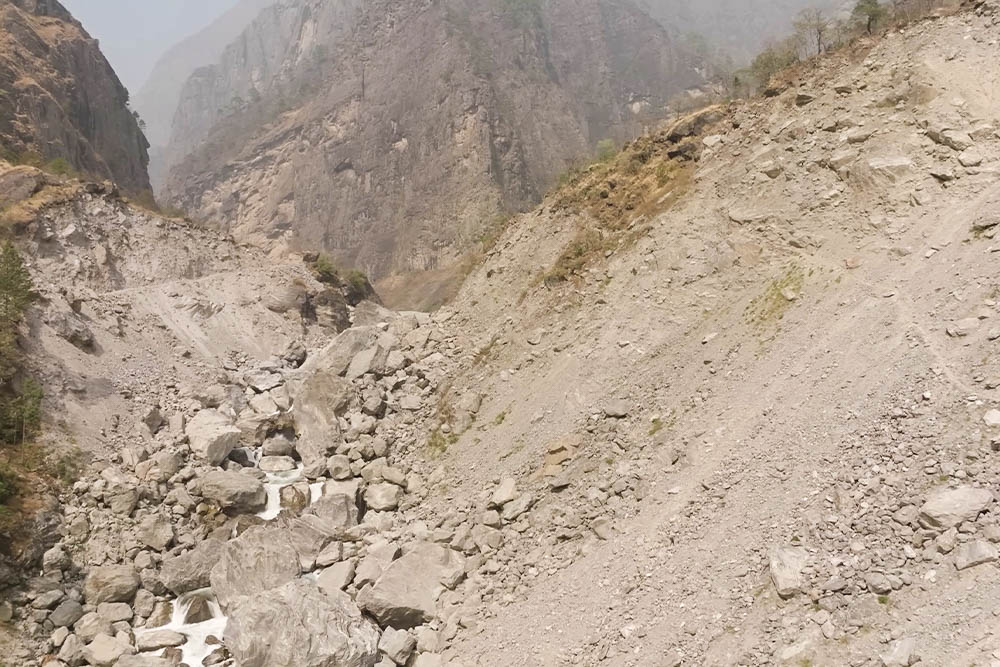
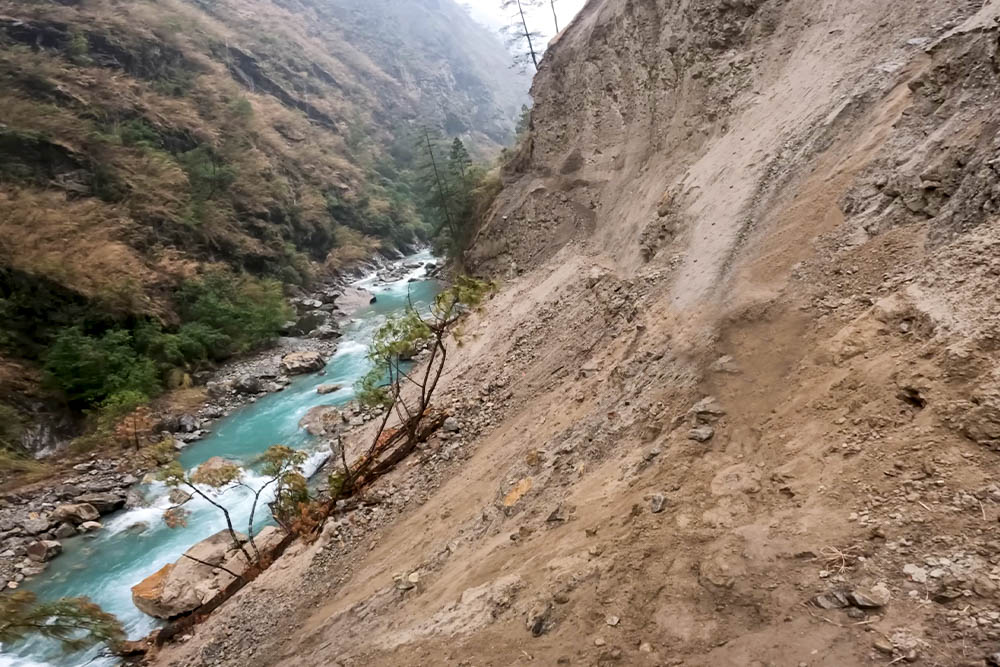

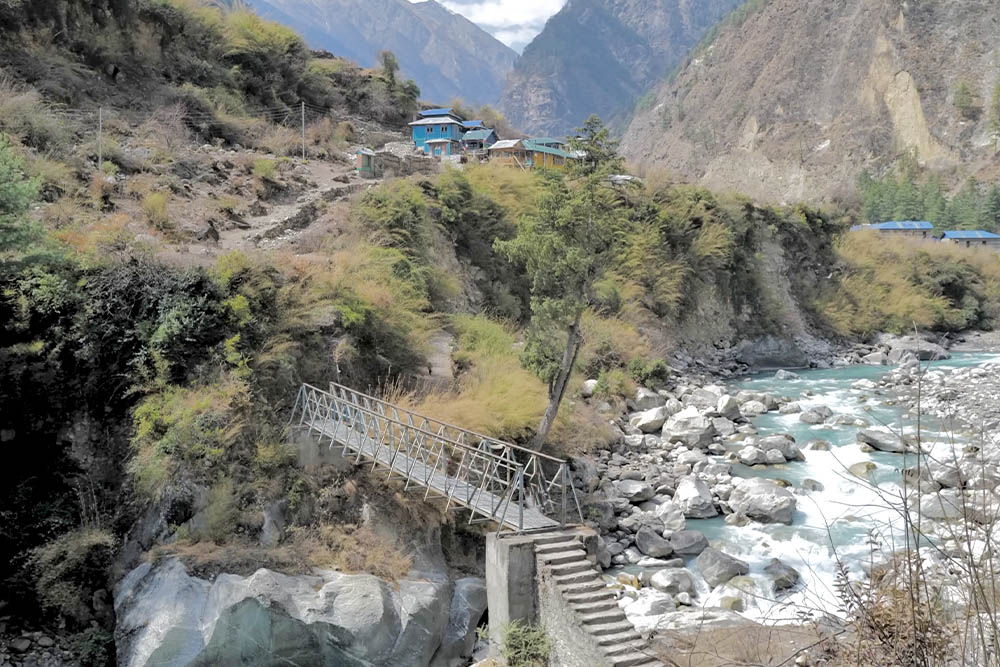
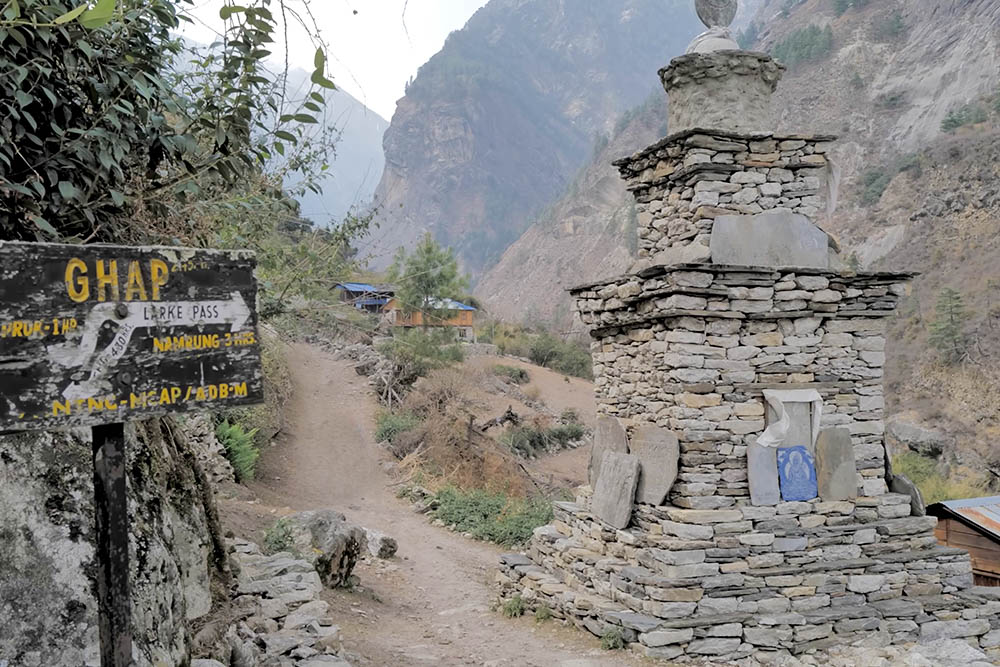
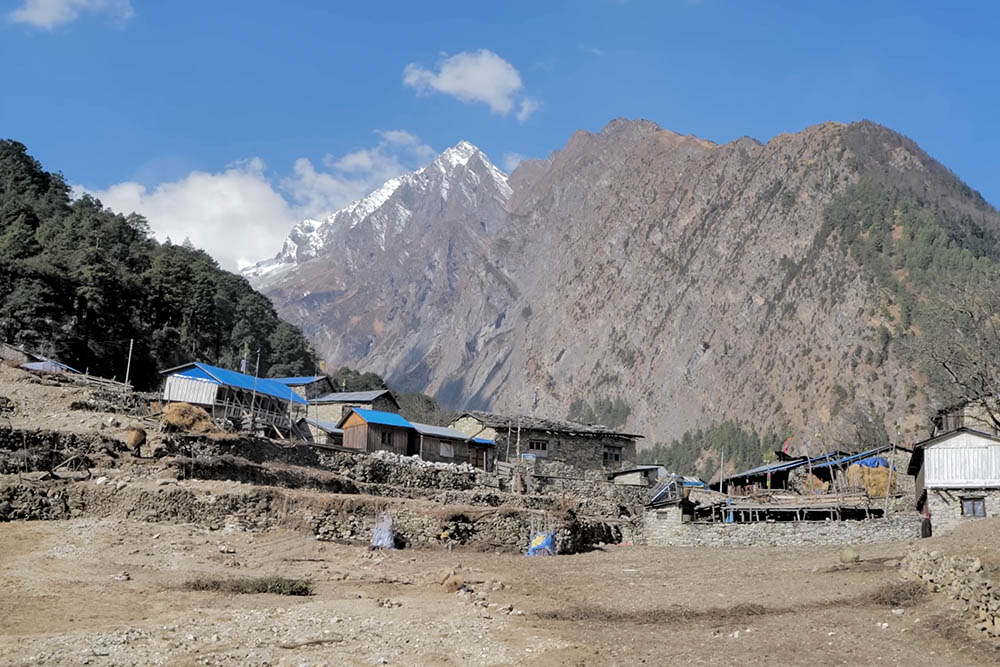
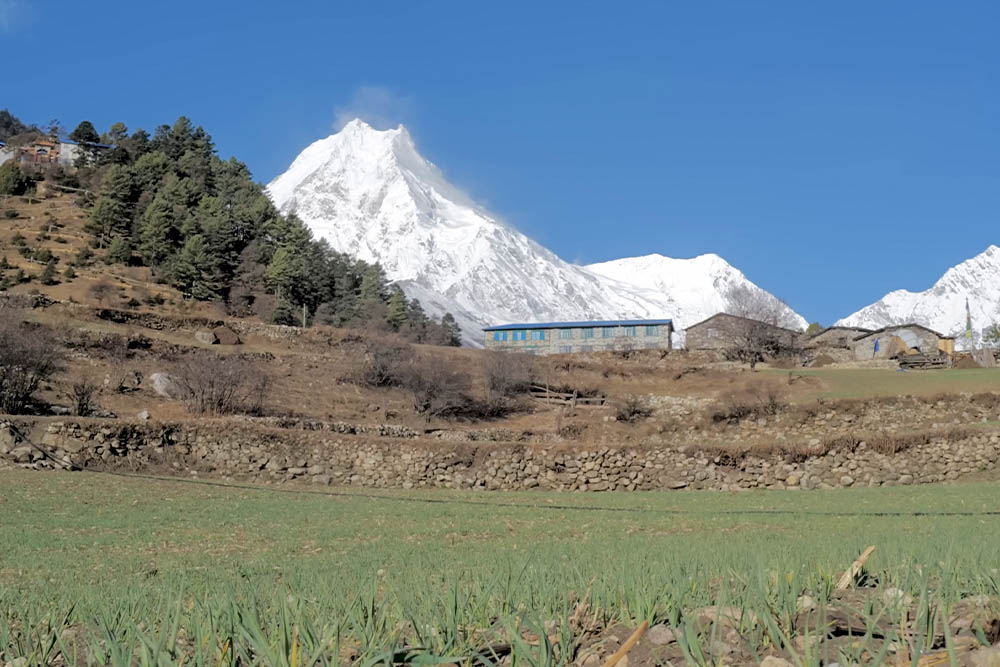
Overview
It is unique among the Himalayan giants in that an expedition to its summit is an achievable undertaking for ambitious intermediate climbers, making it the perfect entrance into the world of high-altitude Himalayan climbing.
Mount Manaslu is an excellent choice if you consider climbing an accessible eight- thousander. Its altitude is significant, but not as intimidating as those of Kanchenjunga or Everest. You have a fair chance of reaching the summit, considering the success rates of Manaslu ascents.
Scaling peaks, chasing dreams, and leaving footprints on the soul of the Earth.
About the Trek
The predicted trip time is 41 days. Starting in Kathmandu, we hold the expedition briefing for the team members, complete the necessary paperwork and preparations. Next, there is a drive to Arughat Bazar, from where the first trek of the expedition begins. The walk offers spectacular experiences and allows climbers to admire the beautiful, lush landscapes of Nepal. For one, it follows the Budhi Gandaki River. On day 9 the climbing party arrives at Sama Gaon, a strikingly beautiful village of farmers and traders. A day of acclimatization is planned in the village, before setting out to the Manaslu Base Camp.
We plan the climbing period for around 28 days. On summit day, you can expect a sequence of plateaus and moderate slopes on the route, leading up to a steep crest. We assure you, the view from the top is worth all the effort!
The descent route is slightly different. This way, the climbers can get to know a larger part of the region surrounding Mount Manaslu. What is more, varying routes helps keep up the curiosity and high spirits of the team. Ascending, climbers pass through Khursanibari, Jagat or Salleri, Dyang and Namrung. On the route down, the route leads through Ghap and Machakhola.
Manaslu a canvas of snow and sky, painted with the footsteps of adventurers.
Itinerary - Mount Manaslu "Fixed Departure 1 st September"
Trek to Tilje (2300m-6 Hrs.); Lodge.
Cross Larkya La (5215m) and trek to Shamdo (3875m-10 Hrs.), lodge
Trek to Sama Gaon (3780m-3 Hrs.), lodge.
Climbing period; Summit Manaslu (8163m), full camping.
Preparation for return to Kathmandu; Clean Base Camp.
Inclusions
-
All arrival and departure transfer services in Kathmandu.
-
4 Nights hotel accommodations in Kathmandu as per category on BB Plan.
-
Kathmandu-Besishahar-Dharapani/Arughat- Kathmandu land transfers.
-
Mt. Manaslu expedition permit (Royalty; US$ 900 for member)
-
Government official Liaison Officer for Mt. Manaslu Expedition.
-
Annapurna and Manaslu Conservation Area entry permits
-
Special/Restricted Manaslu area trekking and TIMs card for members.
-
Food, accommodation, and guide during trekking in teahouse/lodge.
-
Food during the expedition period, cooked by our experienced cook at ABC.
-
1:1 experienced private climbing Sherpa guide for climbing support.
-
2 Oxygen (4 Ltrs.) bottles for climbing member.
-
Mask & regulators 1-set for climbing member and Sherpa.
-
Gamow bag at ABC for emergency rescue purposes.
-
Baggage allowance carrying by mules/porters up and down to BC: 50 kg
-
Required high-altitude food for climbing members and Sherpa.
-
Solar panels for light and battery charging in base camp.
-
Icefall and rope fixing charges, tents at high camps C1, C2, and C3.
-
First Aid medical kits for the Group and the staffs at ABC.
-
First Aid medical kits for the Group and the staff.
Exclusion
-
Lunch and dinner during your stay in Kathmandu, except farewell dinner in Kathmandu .
-
Items of personal nature like laundry, phone calls and Internet uses.
-
Clothing, packing items, personal medical kit, personal trekking/climbing gears.
-
Any extra services or products or offers or activities not mentioned in the itinerary.
-
Any extra expenses arising out of various/unforeseen situations like natural calamities, landslides, political disturbances, strikes, change in Government regulations etc.
-
Rescue, repatriation, medicines, medical tests and hospitalization expenses.
-
Medical-travel insurance and emergency rescue evacuation if required.
-
Airfare of international and domestic flights other than specified.
-
Nepal entry or re-entry visa fee (Visa issuance is easy at the arrival borders).
-
Nepal custom duty fees for import of expedition goods if required.
-
Emergency/rescue/early Jeep cost (US$ 1700 approximately per Jeep).
-
Summit bonus to the personal climbing Sherpa. (Beginning from minimum US$ 1500 per summit per Sherpa).
-
Tips to base camp staffs $250 Min.
-
Any other item not mentioned in “The Service Package Excludes” Section..
Cancellation Policy
- For any trip cancellation due to any reason GlobalXplorers must be notified in writing [email protected]
- At the time we receive your written cancellation, refunds based on the total fare as follows.
- 50% refunds will be provided for cancellations received 90-119 days prior to departure date
- No refunds will be provided for cancellations received 89 days prior to departure date.
Elevation High. Spirits: Higher. Conquering Manaslu with determination and grace.
Trip Insurance and Evacuation Coverage
We encourage all our clients to get insurance that covers both medical evacuation and travel protection including air evacuation. Due to unforeseen circumstances, for example, injury, family issues, work commitments, etc., clients may need to cancel their trip before the start or during the expedition. Considering these factors, it’s better to be prepared for the possibilities that may occur.
We highly recommend trip insurance as there are many unforeseen circumstances that can occur leading up to a trip. Evacuation and medical coverage must be required for this trip. We recommend you check and make sure that your policy covers the activity you are doing, and the altitude you gain before you purchase it as required for your trip. Every policy has some exceptions, so you need to know about the things that are not included in your policy before purchasing. It is important to make sure that your policy covers emergency evacuation, any kind of altitude illness, and medical treatment as the cost can be high because of the remoteness of the expedition areas. Also, please make sure your policy covers loss of baggage, delayed flights, theft, etc.
Scaling the heights of wisdom and spirit on Mount Manaslu.
Preparation
Please review all training tabs to get a full sense of what type of condition you need to be in for this climb. For those who have not specifically trained for mountaineering in the past, we recommend utilizing numerous resources to build your training plan.
Personal trainers that are familiar with mountaineering are highly recommended as they can create personal training plans utilizing both indoor and outdoor locations with long range objectives and criteria. Trainers and training programs can help build a program based on your location, recognize your access to health climbs and outdoor training.
If you are following any online platform or videos to train and gain knowledge; evaluate the credibility of the material and talk to experts and seek assistance.
During this six-week climbing adventure to the summit of Manaslu — one of the 8,000 m peaksand the eighth tallest mountain on earth (26,781ft/8,163m) — you must be comfortable carrying at least 13 kg/30 lbs. You will face very cold temperatures as well as extreme altitude. You will need to have solid cramponing skills, be able to rappel with a pack on, and be comfortable using ascenders on a fixed line. In addition to solid alpine living, snow, and ice climbing skills, you need significant strength endurance, high-altitude tolerance, and strong cardiovascular conditioning.
Keep in mind that just because you exercise regularly (four to six times per week) at lower elevation does not mean you have suitable conditioning needed to reach the high-altitude summit of Manaslu. Plenty of people who have the endurance to run a marathon fail to summit high-altitude peaks. Pure cardiovascular fitness is simply not enough. You should focus on building physical conditioning at lower altitudes necessary to ascend 4,000 feet of elevation on successive days carrying 22kg/27kg – 50-60 lbs. Although you will not be carrying such weight on Manaslu, by training your body to that high tolerance, you will have built extra reserves that will serve you very well on the mountain as you inevitably start to lose musculature and body fat from being at an extreme altitude for six weeks.
Prioritize your training efforts in the following way, assuming that you are in good health and injury-free:
- Climbing conditioning – pack-loaded uphill hiking, walking, and stair climbing
- Strength training – for the lower body and core
- Cardiovascular training – including both aerobic and anaerobic workouts with and
without pack weight. - Flexibility training.
Most people will need to train specifically for their climbing Manaslu for at least six to nine months, building up from a solid baseline of fitness. During your training, you will need to progressively ramp up your hike time, distance, and elevation gain (at roughly 10% per week) to safely and effectively build your climbing-specific conditioning. Trying to rush this will increase the risk of experiencing some sort of training injury and not being ready for your trip. Below are more details of how to incorporate these four priorities into your training program.
Note: In the best interest of personal safety, success, and team compatibility, adequate training and excellent physical condition are required. Prior experience carrying a heavy pack for multiple days serves as excellent preparation for this climb; a basic mountaineering course is recommended. Climbers must be able to carry an average of 13 kg/30 lbs. or more and be physically and mentally prepared to deal with strenuous situations at high altitudes. Climbers need to be in excellent physical condition for both personal enjoyment and to be an integral team member. We encourage you to contact us so that we may assist you in developing a training program that meets your particular needs.
Hike along outdoor trails, gradually increasing your pack weight until you feel comfortable carrying a 50-60-lb. pack. If you live where it is relatively flat, go up and down stairs or train on an inclined treadmill or StairMaster. Use whatever varied surface terrain (i.e. gravel beds, sand dunes, river banks) you have access to. A reasonable goal would be to ascend 3,500 ft. carrying an average pack of 50 lbs. in a two to three-hour period, or roughly 1,500 vertical feet per hour. A good training option to simulate pack weight is to carry water in gallon containers or collapsible jugs, so you can dump water at the top as needed to lighten the load for the descent.
In early season, you should be comfortable gaining 2,000 ft. elevation over 5-7 miles round-trip, with a 30-40-lb. pack; each hike, try adding three to five pounds until you are comfortable with a 55-lb. pack, then begin increasing the total elevation gain and mileage. When you can gain 4,000 ft. while carrying a 60-lb. pack, start decreasing rest breaks and increasing speed on each conditioning workout. A month from your climb, you should be comfortable hiking on successive days with at least 60 lbs on one of those outings.
Two training techniques that will be useful for extreme altitude climbing are: 1) Interval training, 2) Back-to-back training (discussed in more detail in “Putting It All Together”). To include interval training, find a steep hill or sets of stairs that will allow you to climb steadily for one to three minutes. Push as hard as you can going up, then recover coming down, and repeat for anywhere from 20-60 minutes, depending on how close to your climb you are. Gradually add weight to your pack (no more than 10% per week) until you can carry 60 lbs. the entire time. If possible, participate in as many hikes at altitude – and in winter conditions — as you possibly can to learn how your body reacts in extreme cold and above 13,000 ft. elevation.
Training with free weights, bands, a backpack, bodyweight exercises, or gym machines will help you build overall strength, particularly in the core (lower back and abdominals), upper back and shoulders, and legs. Developing strength in your upper back and shoulders will help you with such tasks as carrying your pack and using trekking poles effectively. The calves, hips, quads, hamstrings, and glutes are all involved in ascending and descending steep, hard-packed snow and ice slopes (up to 30 degrees), and a great degree of strength endurance is required in all areas of the legs and hips, especially during those segments when you will be carrying a pack and pulling a sled.
Training primarily with free weights will give you the functional, climbing-specific strength that will help you most in the mountains. Free weight training requires that you balance the weights as you would your own body, weighted with a pack, in three-dimensional space. When starting any strength conditioning program, complete two full-body strength workouts a week for 45-60 minutes each, focusing on compound exercises such as squats, lunges, step-ups, dips, pull-ups, rows, dead lifts, bench presses, pushups, and overhead presses.
In the beginning phase of strength conditioning, focus on building a foundation for harder workouts; to that end, keep the weight light enough to concentrate on good form and complete two sets of each exercise for 8-10 repetitions. As you continue to train, you will shift focus to building strength (generally lower reps, 5-8, with heavier weight). Four to six weeks before your climb, shift your training to focus on strength endurance (higher reps, 10-15, with light weight) to turn the newly gained strength into greater strength endurance. Each training phase should vary the weight used, repetitions completed, number of sets, and rest intervals. Regardless of training phase, always be sure you maintain proper form in order to prevent injury or strain.
In the heart of the Himalayas, where dreams touch the sky
Personal Gear
- Ice Axe with leash. General mountaineering tool (Black Diamond Raven or Raven Pro)
- Crampons. Step in bindings with anti-balling plates (Black Diamond Sabretooth Pro with ABS) date.
- Alpine climbing harness. Harness should fit over all clothing and down suit and have gear loops (Black Diamond Bod or Alpine Bod)
- Locking Carabiners (2) Twist lock preferred over screw gate (Black Diamond Rocklock, Twistlock)
- Regular Carabiners (4) (Black Diamond Oval)
- Ascender. One right or one left (Black Diamond nForce or Petzl Ascension)
- Rappel/Belay device (2) Figure 8 no ATC’s (Black Diamond Super 8)
- Climbing Helmet (Black Diamond Half Dome or Petzl Erin Roc)
- Prussiks or Slings. Or bring 40 feet of flexible 6mm perlon or 1/2″ webbing to make into prussiks/slings.
- Adjustable Trekking poles (optional) (Black Diamond Expedition Poles)
- Light hiking boots or trekking shoes for trek to Base Camp
- Tennis shoes or low top shoes (optional) For travel and days in town
- Booties (optional)
- High Altitude Climbing Boots. No plastic boots with overboots (Millet Everest GTX or La Sportiva Olympus Mons Evo)
- Trekking Socks (3) (Patagonia)
- Wool or Synthetic Socks (4) Heavyweight wool or synthetic socks to be worn over the liner socks
- Liner Socks (4) Smooth thin wool, nylon or Capilene
- Lightweight Long Underwear (2-3) Tops and bottoms. Capilene, other synthetic or wool. No Cotton (Mountain Hardwear Micro Power
- Stretch Tight & Micro Power Stretch Zip T)
- Heavyweight Long Underwear. Top and bottom. Expedition weight Capilene (Mountain Hardwear Power Stretch Tight & Zip T )
- Lightweight Nylon Pants (1 -2)
- Short Sleeve Synthetic Shirt (1-2) (Mountain Hardwear Wicked Lite T)
- Synthetic/Soft Shell Jacket with full-zip (Mountain Hardwear Monkey Man Jacket)
- Synthetic/Soft Shell Pants with full-zip (Mountain Hardwear Coolidge Pant)
- Insulated Synthetic Jacket (optional) (Mountain Hardwear Hooded Compressor Jacket)
- Insulated Synthetic Pants with side zippers (optional) (Mountain Hardwear Compressor Pant)
- Expedition Down Parka (Mountain Hardwear Absolute Zero Parka)
- Expedition Down Suit (Mountain Hardwear Absolute Zero Suit)
- Lightweight Synthetic gloves (2) Should fit inside mitts or gloves. Lighter Capilene preferred (Mountain Hardwear Butter Liner)
- Heavyweight Synthetic or Soft Shell gloves (2) (Outdoor Research PL400 Gloves or Mountain Hardwear Power Stretch)
- Expedition Shell Mitts. Should be big enough so that synthetic gloves fit inside pile liners (Outdoor Research Alti Mitt or Mountain Hardwear Absolute Zero Mitt)
- Headwear
- Headlamp. Bring spare bulbs & batteries (Black Diamond Icon or Petzl Myo)
- Glacier glasses (Julbo Explorer or Nomad) If you wear glasses we recommend prescription glacier glasses
- Baseball cap or sun hat (2)
- Ski Goggles (2) One pair 100% UV & IR and the other with clear lenses for summit day start (Julbo Excel or Gravit)
- Balaclava (2) One heavyweight and one lightweight (Mountain Hardwear or Outdoor Research)
- Warm synthetic or wool hat (2) (Mountain Hardwear or Outdoor Research)
- Bandanas or headscarf (2)
- Neoprene face mask (optional)
- Expedition Backpack. 4,000 – 5,000 cubic inch (Black Diamond Quantum or Mountain Hardwear South Col)
- Trekking Backpack 2,000 – 2,500 cubic inch (optional) (Black Diamond Mountain Hardwear Dihedral Pack )
- Sleeping Bag -40F. Expedition down insulated rated to at least -40F for high camps (Mountain Hardwear Ghost SL)
- Sleeping Bag -20F. Expedition down insulated rated to at least -20F for base camp (Mountain Hardwear Wraith SL)
- Closed-Cell foam pad (2) Full length (Ridgerest)
- Plastic Cup. Plastic insulated mug with lid
- Spoon. Lexan tough plastic
- Sunscreen (2) SPF 40 or higher
- Lipscreen (2) SPF 20 or higher
- Water Bottle (2) 1 Liter wide mouth bottles (Nalgene)
- Water Bottle Parka (2) For the above bottles (Nalgene or Outdoor Research)
- Pee Bottle (2) 1 Liter wide mouth bottles (Nalgene)
- Pee Funnel (for women)
- Thermos 1 Liter capacity stainless steel vacuum bottle
- Trash Compactor bags (4) To line stuff sacks and one large to line pack
- Compression Stuff Sacks (2) For sleeping bags and clothing.
- Duffel Bag (2) Large size with locks (Mountain Hardwear Expedition Duffel or Black Diamond Hueys)
- Small personal first-aid kit and personal medications
This list is only a guide. We have included recommendations on certain clothing and equipment based on our experience.
Registration
Fixed Departure
15% off for all booking five months before departure
